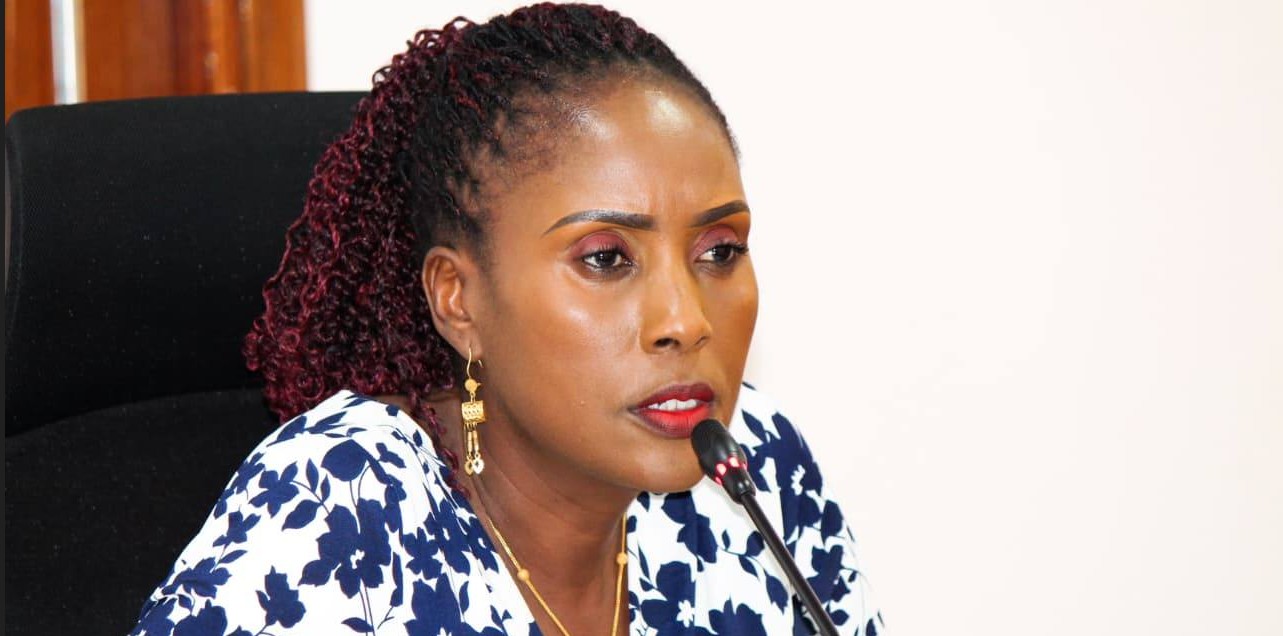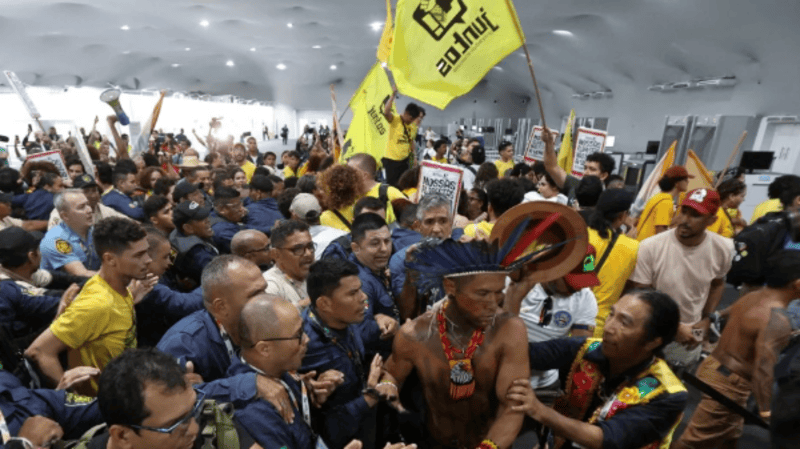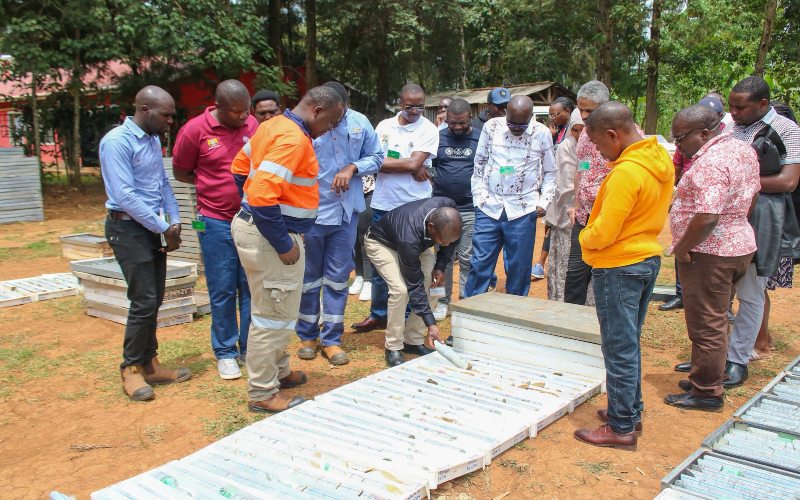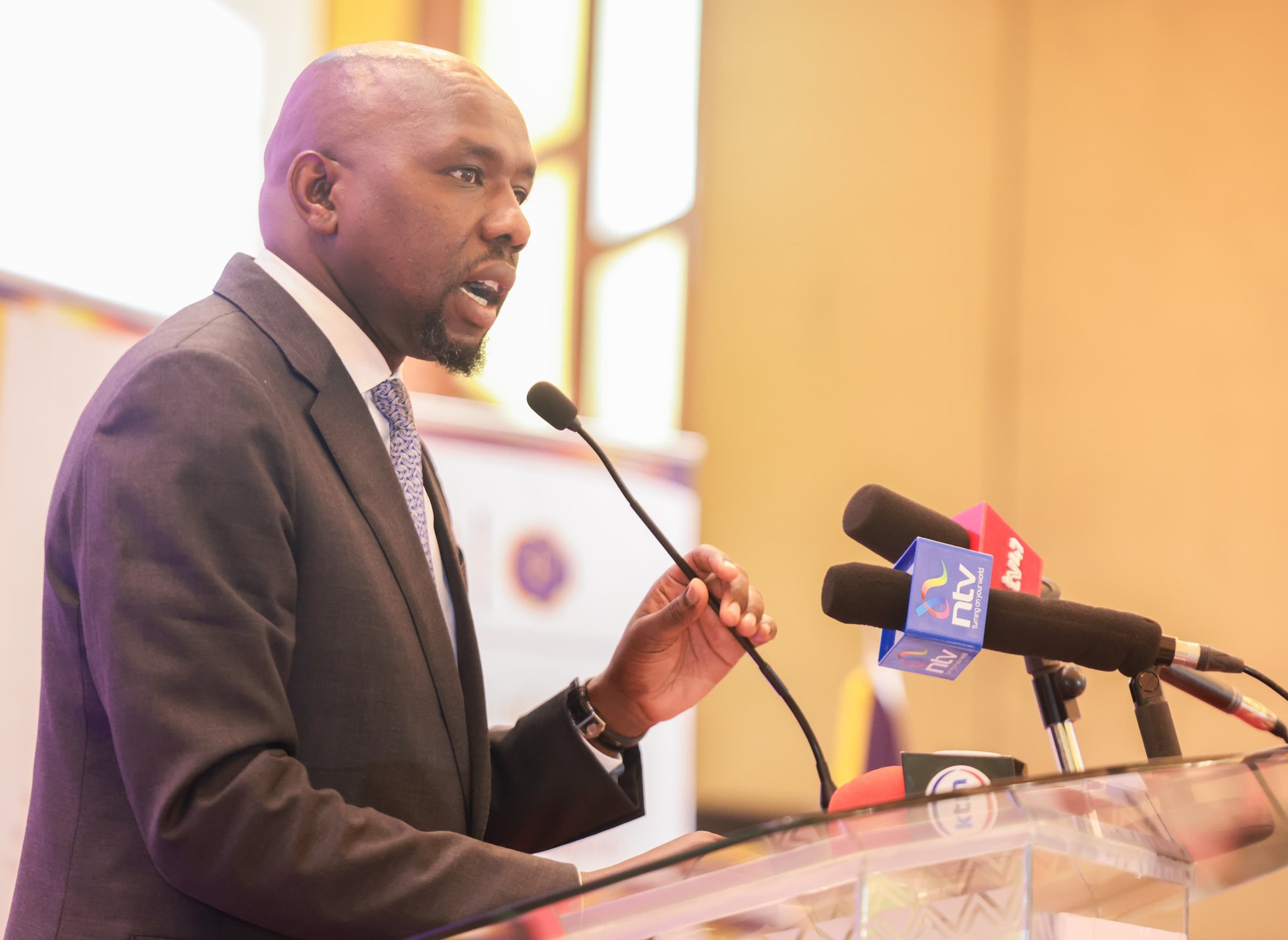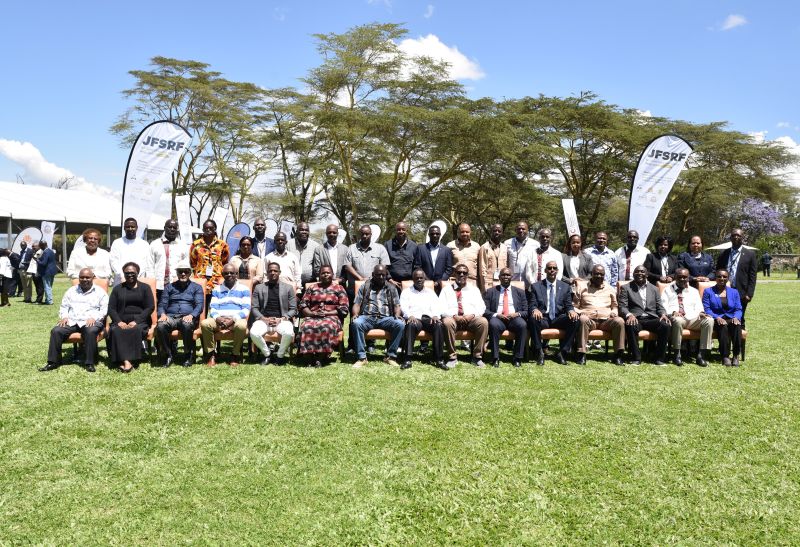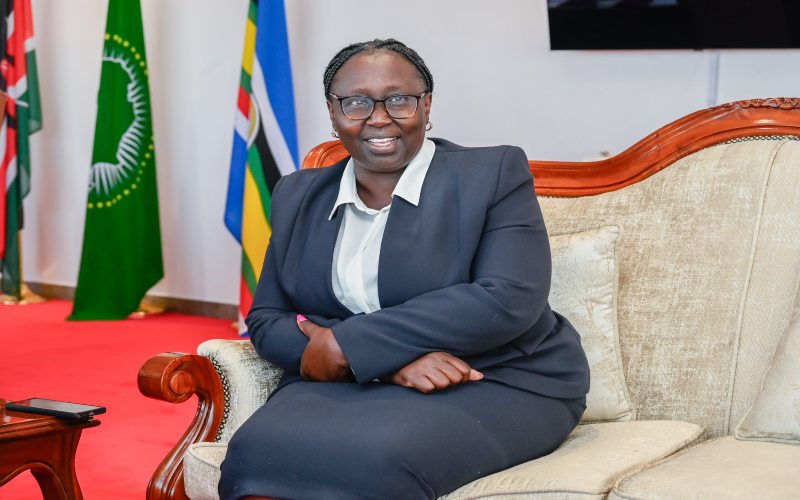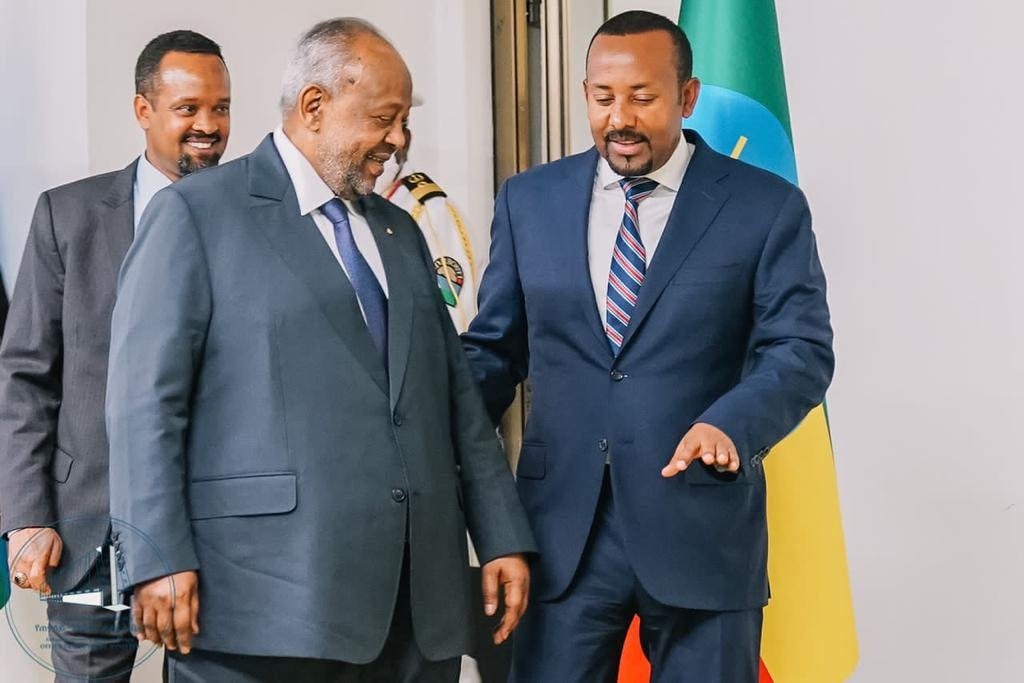Displaced and vulnerable: The growing humanitarian crisis facing children in IGAD region
![Displaced and vulnerable: The growing humanitarian crisis facing children in IGAD region - Children separated from their parents in Kadugli gather to eat boiled leaves at an IDP Camp within the Sexual violence against children in conflict surges by 50 per cent in five years to record high levels. [Photo: Reuters]](https://publish.eastleighvoice.co.ke/mugera_lock/uploads/2024/12/Screenshot-2024-12-24-165521.png)
According to IGAD, 25 per cent of all migrants in Africa are children, and the majority of these children come from the East African region.
Across the Intergovernmental Authority on Development (IGAD) region, migration and displacement have reached unprecedented levels, with children bearing the brunt of the crisis.
Today, one in every four migrants in the region is a child. These children face numerous risks, including trafficking, violence, exploitation, and a lack of access to essential services such as healthcare, education, and legal protection. East Africa, in particular, has emerged as a key epicentre of this growing humanitarian emergency.
More To Read
- ICPAC issues urgent advisory following deadly landslides in Elgeyo Marakwet
- Kenya among nine nations leading regional push to strengthen health systems against climate change
- Justice Matheka calls for increased funding to strengthen Kenya’s child justice system
- Senator Hamida demands action over child sex trafficking in Maai Mahiu
- IGAD reaffirms support for Somali-led peace efforts at Arta Peace Conference 25th anniversary
- IGAD demands action to protect civilians as Sudan conflict escalates
Speaking on Monday, June 16, during a virtual session of the International Day of the African Child, Emnet Berhanu, a migrant protection specialist, highlighted the complexity of migration patterns in the region.
Berhanu said children are often forced to migrate irregularly due to a combination of conflict, poverty, the pursuit of better livelihoods, and weak child protection systems.
“These driving factors are frequently neglected in national and regional policy responses,” said Berhanu, stressing that children face significant risks to their safety and well-being, including loss of life or violence and exploitation during their journeys. Others, she said, suffer prolonged periods without access to basic services or legal protection, with some even ending up in detention.
IGAD’s regional child policy framework
According to IGAD, 25 per cent of all migrants in Africa are children, a majority of whom come from the East African region. For instance, five of the 10 African countries hosting the largest numbers of child migrants are IGAD member states. Sudan, in particular, is home to one in every four displaced children on the continent.
A regional child policy framework developed by IGAD proposes the integration of migrant and displaced children into national child protection systems to build inclusive services that reach all children, regardless of their migration status. It places a strong emphasis on addressing the root causes of migration and displacement, including structural poverty and the breakdown of family and community support systems.
A key component of the policy is the promotion of legal identity. According to Berhanu, access to documentation, including birth registration, is fundamental to protecting children’s rights, as without legal identity, they are excluded from school, healthcare, and social services. She described documentation as “a passport to protection”, ensuring that every child receives the legal recognition necessary to access support.
In a notable move, the IGAD child policy took a participatory approach by directly involving children from across the region, who contributed their perspectives, experiences, and ideas, ensuring that the final policy truly reflects their needs and priorities.
Ikram, a child from Ethiopia, expressed appreciation for the opportunity to be heard and to see their input included in the policy. Agnes from Kenya said that participation made her feel valued and respected. “There is nothing for children without children,” said Agnes. “We see that we are being honoured,” Shanita from Uganda added, terming her involvement in the policy’s adoption an empowering and inspiring experience.
As for migration in the IGAD region, it is driven by multiple, overlapping factors, including armed conflict, climate change, poverty, and inequality, disrupting families and communities, pushing children further into unsafe environments and deepening their vulnerability. In Uganda and Ethiopia, for example, children represent more than half of the displaced population. These realities highlight the urgent need for a robust, rights-based approach to child protection.
IGAD’s child policy offers a comprehensive response to these challenges. It seeks to build inclusive systems that uphold the rights of every child, regardless of their circumstances. By promoting education, ensuring legal documentation, enhancing cross-border collaboration, and providing child-friendly services, the policy lays the foundation for a unified regional approach to child protection. It prioritises equity and inclusiveness, ensuring that both displaced and migrant children are fully integrated into national systems of care and support.
Challenges for displaced children in Kenya amid flooding and disease
Children in Kenya face a complex set of challenges, many of which are intensified by migration and displacement. According to the International Organisation for Migration (IOM), severe flooding in 2024 affected 85 per cent of the country and displaced over 293,000 people, including approximately 250,000 school-aged children who were forced out of classrooms. These children often lose access to education, healthcare, and protection services, leaving them especially vulnerable to exploitation, abuse, and trafficking.
Displacement also places children at increased risk of health crises. According to IOM reports, the floods triggered outbreaks of waterborne diseases such as cholera, posing serious threats to the health and survival of displaced children.
Globally, the situation is equally dire. According to UNICEF, by the end of 2023, an estimated 47.2 million children had been displaced due to conflict, violence, and natural disasters. This includes 28.1 million internally displaced children and 19.1 million who are refugees or asylum seekers. In Sudan, for instance, Save the Children reported that around 7,600 children were fleeing their homes every day by late 2023, marking the world’s largest child displacement crisis at the time.
Climate change continues to drive these trends. According to UNICEF and the Internal Displacement Monitoring Centre, over 43 million children were displaced by extreme weather events between 2016 and 2021. If current trends persist, that number could exceed 113 million by 2050.
According to multiple humanitarian agencies, including IOM and UNICEF, there is an urgent need for coordinated action to ensure these children are protected, have access to education and healthcare, and are supported in rebuilding their lives.
Top Stories Today


